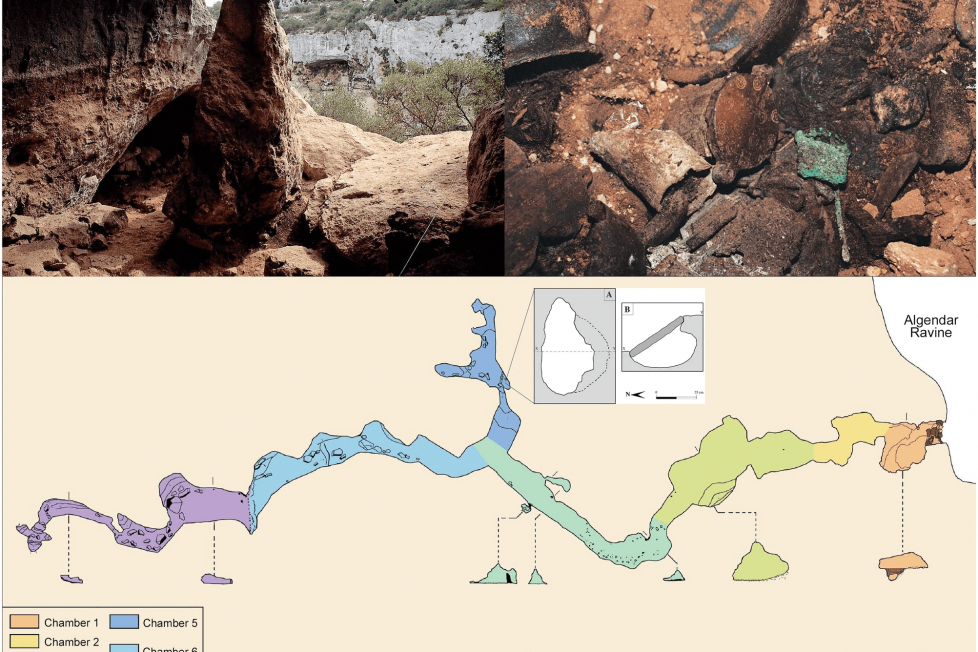Bronze Age rave? Scientists find evidence Europeans used hallucinogenic drugs 3,000 years ago

MENORCA, Spain — Hallucinogenic drugs may be a popular topic of discussion today, but a new study finds evidence that they’ve been all the rage for thousands of years. Long before NFL quarterback Aaron Rodgers started talking about the benefits of using psychedelics like ayahuasca, researchers in Spain say ancient Europeans were apparently experimenting with hallucinogens back in Bronze Age caves — roughly 3,000 years ago.
The team discovered strands of human hair at a burial site in Menorca, Spain which contain traces of hallucinogens derived from plants. The findings, published in the journal Scientific Reports, are the first pieces of direct evidence that ancient humans used primitive drugs. They add that Bronze Age Europeans may have been taking hallucinogenic drugs as part of a ritualistic ceremony.
Prior studies looking at drug use in ancient Europe has relied on indirect evidence, including detecting opium alkaloids in Bronze Age containers, looking for the remains of drug plants at ritualistic sites, and the inclusion of drug plant drawing on ancient cave paintings.
Professor Elisa Guerra-Doce and the team analyzed strands of hair from the Es Càrritx cave in Menorca. Researchers believe humans first occupied this area around 3,600 years ago. The site contains a chamber which the team believes served as a funeral space for hundreds of years — until around 2,800 years ago. Previous studies of the chamber suggest that approximately 210 people were buried here over the years.
Hair strands from certain individuals were dyed red, placed in decorated wooden and horn containers, and placed in a separate sealed chamber deeper in the cave. Study authors say these hair samples date back roughly 3,000 years.
Using Ultra-High Performance Liquid Chromatography and High Resolution Mass Spectroscopy, the team tested these samples for the alkaloids atropine, scopolamine, and ephedrine. These are all chemicals which are still components of current-day medications and stimulants.
They detected all three in each of three replicated hair samples. Researchers note that atropine and scopolamine are naturally-occurring chemicals in the nightshade plant family. They can induce delirium, hallucinations, and altered sensory perception. Ephedrine is a stimulant in certain species of shrubs and pines, which can increase excitement, alertness, and physical activity.
“The presence of these alkaloids may have been due to consumption of some nightshade plants, such as mandrake (Mandragora autumnalis), henbane (Hyoscyamus albus) or thorn apple (Datura stramonium), and joint pine (Ephedra fragilis),” researchers explain in a media release.
As for what was really happening back in the Bronze Age, study authors speculate that ancient Europeans took these plant-based drugs as part of ritual ceremonies, led by a shaman.
“The concentric circles on the wooden containers may have depicted eyes and could have been a metaphor for inner vision related to a drug-induced altered state of consciousness,” the researchers conclude.
So, why did this practice stop? Study authors believe cultural changes around 2,800 years ago led to the end of hallucinogenic ceremonies. Bronze Age humans may have sealed the wooden containers in the cave to preserve their ancient traditions.
